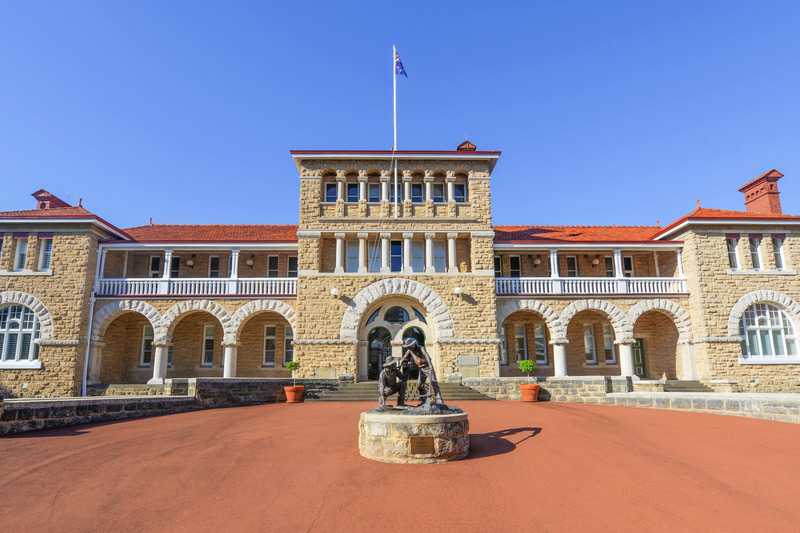The Organisation for Economic Co-operation and Development (OECD) predicts a bleak economic landscape for Australia in the coming year, citing high underlying inflation and sluggish growth.
According to the OECD’s interim economic outlook, Australia's gross domestic product (GDP) is set to increase by a mere 1.3% next year, down from this year’s anticipated 1.8% growth.
The forecast reflects a larger trend of economic stagnation, the worst since the early 1990s recession. It also adds pressure on the Reserve Bank of Australia (RBA) and the Albanese Government, who are grappling with rising household debts and increased demands for cost-of-living assistance.
Minutes from the RBA's recent board meeting unveiled discussions on the possibility of raising the cash rate to 4.35%, driven by inflation fears.
On the global front, the OECD increased its world output growth estimate to 3% for this year but lowered its projection for next year to 2.7%.
Australia’s expected growth for next year is surpassed by 10 G20 countries. Treasury Jim Chalmers noted that factors like high interest rates and China's economic slowdown were adversely affecting the global economic climate.
Core inflation, a key indicator for the RBA, is expected to remain stubbornly high. The OECD has revised Australia’s core inflation to 5.9% this year, easing to 3.3% in 2023.
The report also highlighted that while much of the world had seen substantial falls in residential property values and housing construction as central banks lifted interest rates, property prices had held up in Australia, Canada and the United States thanks to strong population growth and a limited inventory of houses for sale.
However, the OECD expressed concern over the persistence of inflation and its potential to expose financial vulnerabilities globally.
